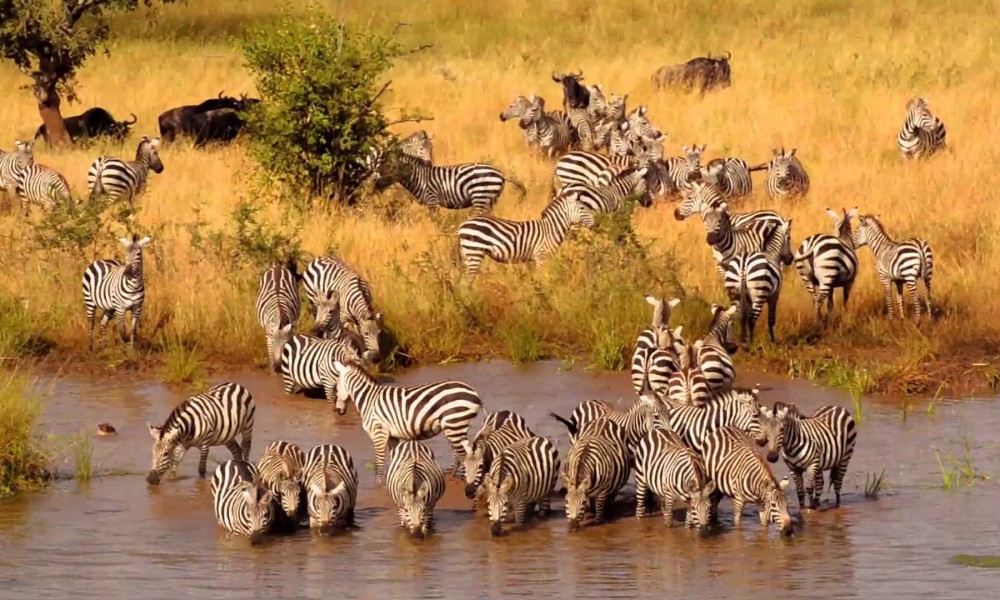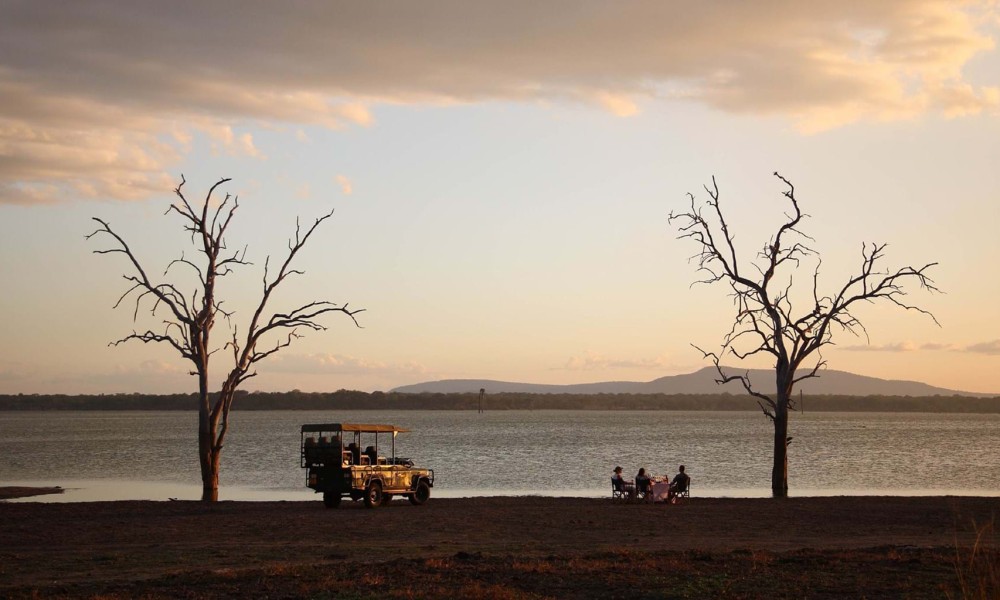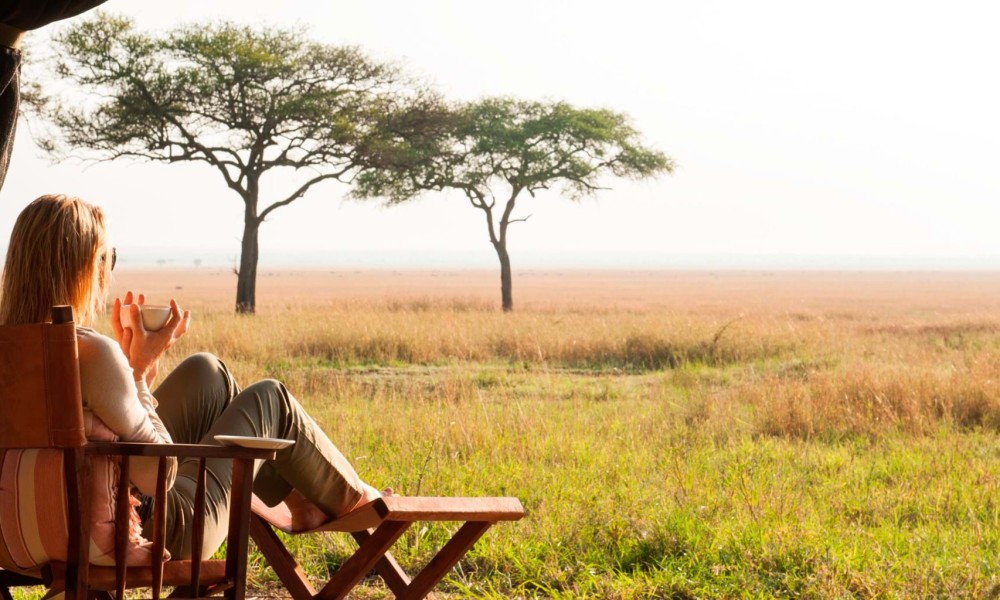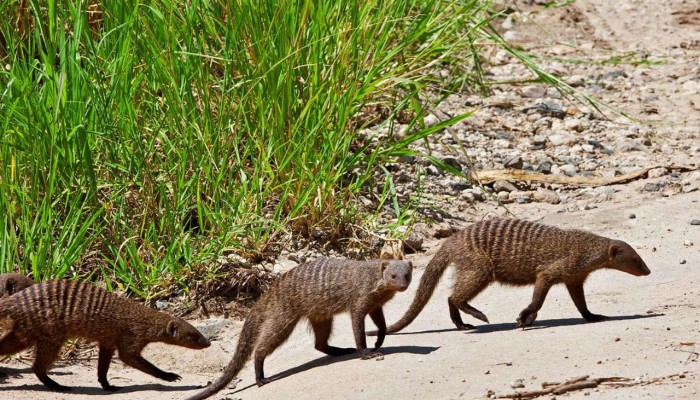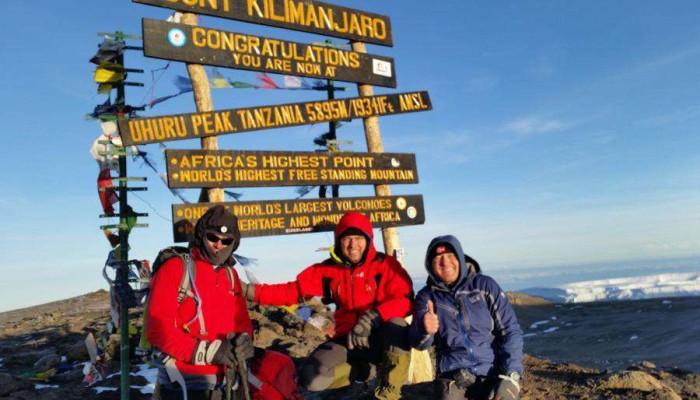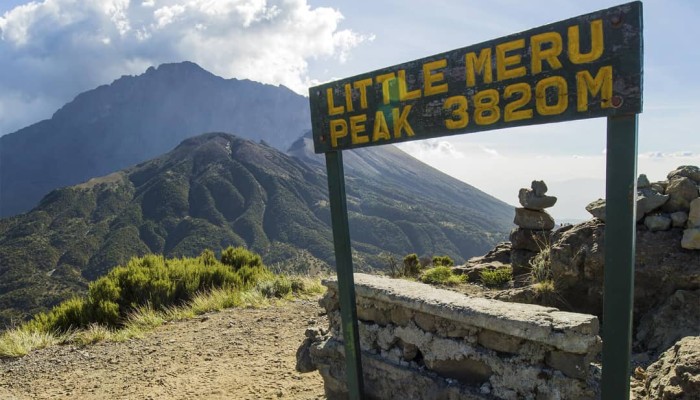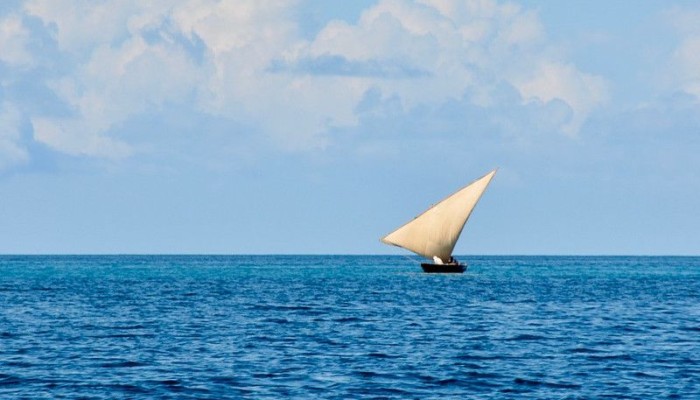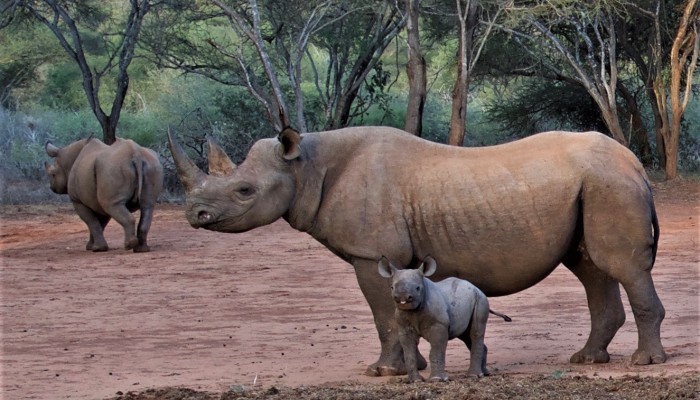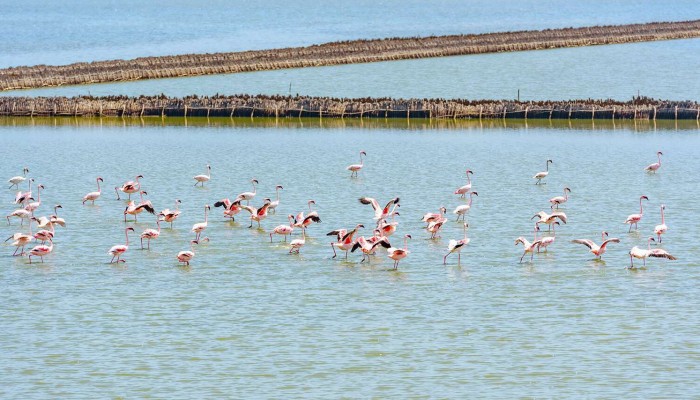
TANZANIA'S WEATHER
TANZANIA'S WEATHER
Tanzania is situated very close to the equator; therefore, the weather here is rather stable, with a comfortable and well-balanced climate. Temperatures never reach extremely hot or very cold. The average annual temperature varies from +25°C in the south of the country to +27°C in the north.
It should be mentioned that on Kilimanjaro and places such as Ngorongoro Crater, the temperature does sometimes fall below zero, especially at night. It is necessary to take warm clothes on a safari to Ngorongoro Crater or when trekking. Many people try to avoid rainy seasons in Tanzania, which fall between March and May (the long rains) and the end of October and the first half of December (the short rains). Interestingly, the weather in Tanzania in December is hot and wet at the same time, making for a very warm, tropical safari experience. The rainy season is marked by heavy precipitation, however, there are typically sunny periods during each day. The table below gives an approximate annual estimate:
Average annual precipitation (mm) in Tanzania:
| Jan | Feb | Mar | Apr | May | Jun
| Jul
| Aug | Sen
| Oct
| Nov
| Dec |
|
49
|
30
|
85 | 153 | 126 |
32
|
13
|
18
|
21
|
48
|
132 |
75
|
While many travelers try to avoid the rainy season in Tanzania when booking their safaris, it is noteworthy that all major TV companies, such as Discovery and National Geographic, choose the rainy season to film their stories. This is because the rainy season is when local nature is at its most colorful, the grass is lush green, and, most importantly, there are few other groups touring so that you can get top-notch photos. What advantages are there to a safari during the rainy season in Tanzania?
The dry season in Tanzania means guaranteed sun as well as dust. Travelers visiting Tanzania during the dry months should expect heat and dust, especially when travelling on rough roads. The majority of the dust occurs from passing jeeps during safaris. The rainy season, on the other hand, is virtually dust-free!
Another advantage of traveling during the rainy season is the lower cost of accommodation and safaris. Accommodations are one of the main contributors to the high price for Tanzania safari tours, but during the low season, when it is rainy, the prices go down, making it possible to save a considerable amount of money while enjoying the comfort of nice hotels.
We can think of only one disadvantage of low season; due to poor road conditions, more remote parts of the Serengeti National Park are inaccessible. Then again, they are seldom visited during high season too, due to the remoteness of these areas. In the wet season, many hotels in Tanzania are closed for annual maintenance, especially in Zanzibar; however, we work with select hotels that operate year-round
